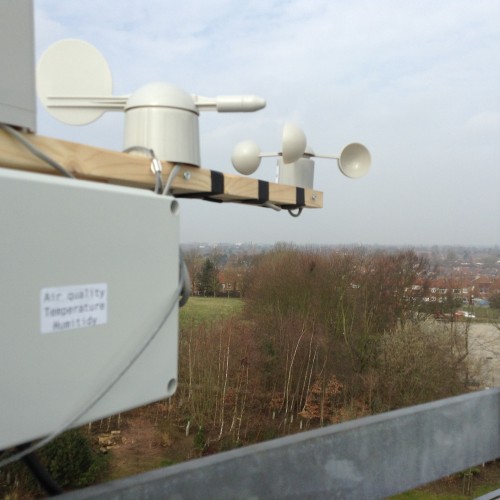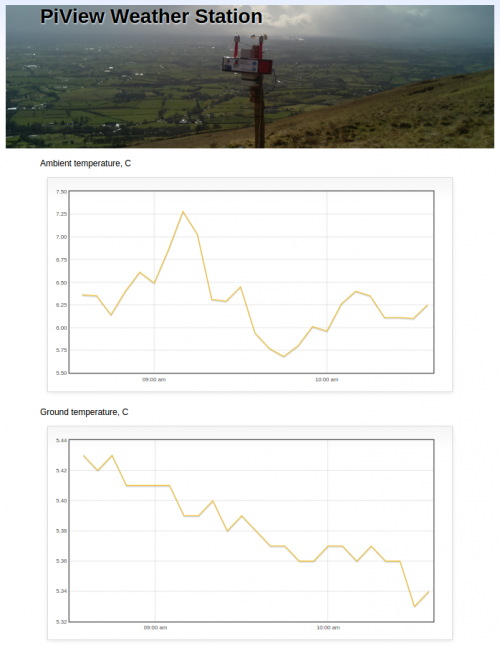| Barnes and Noble has been consistently lambasted by the media for losing ground in the e-reader wars and seeing diminished e-book sales due to Amazon. The Nations largest bookseller has closed many stores in the last few years as it tries to regain profitability. In order to help drive up sales the company has just released fancy new plastic bags. Barnes and Noble has designed a series of plastic bags featuring book art and quotes from Mark Twain, Herman Melville and Lewis Carroll’s classic novels. Over 100 million have been printed and will soon be available at the companies 700 bookstores in the US. “You don't get a shopping bag when you shop online — you get a box,” Glenn Kaplan, Barnes & Noble’s creative director, told Bloomberg. Barnes and Noble is hoping that their new bags become status symbols by the literary minded. The intention is to eventually make them as ubiquitous as Tiffany, Barneys, or Organic Avenue bags. Barnes and Noble Releases New Plastic Bag Featuring Classic Books is a post from: Good e-Reader |
A Semi-automated Technology Roundup Provided by Linebaugh Public Library IT Staff | techblog.linebaugh.org
Tuesday, March 24, 2015
Barnes and Noble Releases New Plastic Bag Featuring Classic Books
Boyue T62 vs Icarus Illuminia HD E653
| The Boyue T62 and Icarus Illumina HD are two e-readers that feature a fully functional Android ecosystem. This is a boon to serious readers because these devices allow users to dictate their own experience and not get locked into one specific ecosystem. How do these e-readers compare against each other? Today, we take a look at the full hardware, software and user experience.
Boyue T62 vs Icarus Illuminia HD E653 is a post from: Good e-Reader |
URL: http://goodereader.com/blog/electronic-readers/boyue-t62-vs-icarus-illuminia-hd-e653
Does Apple TV Need an App Store?
| There are many rumors swirling that Apple is poised to announce their 3rd generation TV box at the next World Wide Developers Conference in June. The big news is that finally Apple TV will get its own app store, giving users more options to install streaming services such as Twitch and who knows what else. Apple is expected to announce its next-generation Apple TV alongside a full-fledged streaming TV service at its annual Worldwide Developers Conference in June. The new A8-based set-top box will reportedly feature both an App Store and Siri, in addition to a redesigned remote control and significantly higher internal storage than the current 8GB model. A fully featured App Store is just what Apple needs in order to gain further traction in the television market. The big question is, what kind of content will it include? Will it go the Amazon Fire TV route and offer games that people can play on their television and use their iPhone or iPad as a game controller? Will it just have streaming services, such as the recently announced HBO Now? Or, will go the Chromecast route and have dedicated apps that are developed exclusively for the platform? Does Apple TV Need an App Store? is a post from: Good e-Reader |
URL: http://goodereader.com/blog/technology/does-apple-tv-need-an-app-store
A Pi’s eye view of the solar eclipse
| Last Friday morning I got up at an unfamiliar hour to board a train to Leicester, where BBC Stargazing were broadcasting a special live show to coincide with the partial solar eclipse over the UK. Regular readers will have seen Dave Akerman write here last week of his plans to launch two Model A+ Pis with Pi in the Sky telemetry boards on a weather balloon as part of the BBC’s event, with the aim of capturing stills and video of the eclipse from high above the clouds. As we’ll see, Dave was far from the only person using Raspberry Pis to observe the eclipse; to begin with, though, here’s a downward-facing view from one of his Pis of the launch, done with the help of a group of school students: I caught up with Dave a bit later in the morning, by which point the payload had been recovered after a shortish flight. 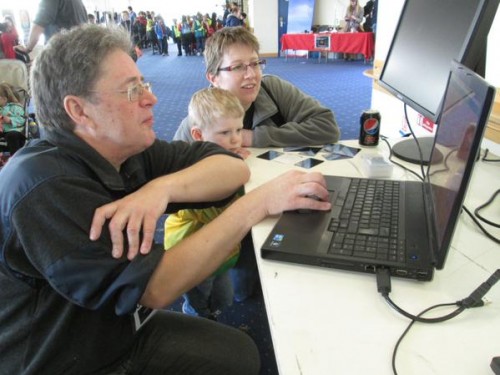 Dave explains to my three-year-old son that the balloon payload has come down in fields by Leighton Buzzard 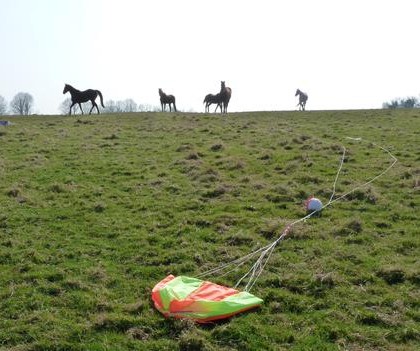 BBC Radio Leicester interviewed Dave, making for a really interesting five-minute introduction to what a balloon mission involves. BBC Television filmed several interviews, too, including this one, broadcast on BBC Stargazing live the same evening, featuring images of the eclipse captured by the Pis: My favourite moment is when the balloon bursts, having reached a diameter of about eight metres. Despite the lack of air, as Dave points out, the pop is clearly audible: If you watched right to the end of the BBC Stargazing interview, you’ll have heard Lucie Green mention another project, this one with the involvement of BBC Weather’s Peter Gibbs. The Department of Meteorology at the University of Reading is running a citizen science programme, the National Eclipse Weather Experiment (NEWEx), to collect data to study small weather changes expected to accompany an eclipse, such as a drop in temperature and changes to clouds and wind. They particularly encouraged schools to join in, and we sent one of our weather station prototypes to the National STEM Centre in York so that they could help a local primary school take part. They installed it on their roof:
Matt Holmes from the STEM Centre displayed data from the weather station alongside a webcam image of the eclipse:
If you’re in the UK and you’d like to watch the (very) brief interview with Peter Gibbs that followed the one with Dave Akerman, you can catch it on BBC iPlayer, starting at 29m40s. Other people were using Raspberry Pis to take weather measurements during the eclipse too. Cookstown High School in Northern Ireland have set up another of our weather station prototypes; you can see live data from it at www.piview.org.uk/weather/, which you can drag to see older data and zoom for more detail. School staff are also tweeting more photos and information about the weather station as @STEAM4schools. Here are its temperature recordings during the eclipse:
As you can see, it’s difficult to separate out effects of the eclipse from other temperature variation, which is where NEWEx’s big-data approach will hopefully prove valuable. One computing teacher planned his Friday morning class’s eclipse observations in our forums, with help from forum regular Dougie, whose own measurements are here, and others. They held an eclipse party before school, and they and others have shared their measurements in the forum. 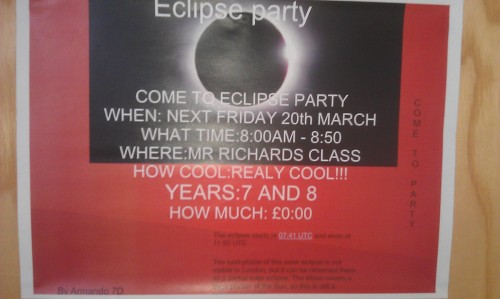 HOW COOL: REALLY COOL!!! We’ve seen a number of timelapse films of the eclipse captured using Pis, too. Berlin Raspberry Jam organiser James Mitchell used a Raspberry Pi to make a timelapse of the 74% eclipse seen there: It’s really great to see Raspberry Pis used in such a variety of ways to enhance people’s experiences of a rare and remarkable astronomical event, and particularly to see the involvement of so many schools. Did you use a Raspberry Pi for observations during Friday’s solar eclipse? Tell us in the comments! |
Study Finds Consumers Aren’t Interested in Paying for News
|
According to the survey of more than 1,000 respondents,
But of the total number of survey takers across all age groups, more than half say they are unwilling to pay for news. A small but significant number were willing to pay a low monthly fee to read unlimited content. The least surprising finding–not surprising to people who’ve been around digital news for any amount of time–is the tiny percentage of people who were willing to tolerate a paywall, or the method of reading part of an article or a pre-determined number of articles each month for free and then being required to pay for further content. So where does that leave news outlets who still have bills to pay but who face a rapidly shrinking audience of paying consumers, as well as an ever-declining amount of advertising revenue to make up for it? This would speak to the larger need to ensure that publishers’ content is available through library apps, all-you-can-eat subscription apps, and more. If there’s a need to get consumers to pay for it, it also has to provide some level of value-added content that can’t be had just by clicking through Yahoo! News.
Study Finds Consumers Aren’t Interested in Paying for News is a post from: Good e-Reader |
Congrats to the Library Journal 2015 Movers & Shakers!
 Each year Library Journal honors librarians from around the country for their contributions to the library world. These librarians may be focused on changing the landscaping, innovating, advocating, educating, developing or building their community but regardless of their path it’s clear thet they’re doing work that deserves to be recognized. This year, OverDrive was priveleged to work with 21 of these wonderful librarians and so we wanted to say congrats to the following honorees! Ignacio Albarracin of San Antonio Public Library We are so thankful that we have the opportunity to work with innovative libraries every single day and it’s beyond thrilling to see our partners getting the credit they deserve. Congrats to all the 2015 Library Journal Movers & Shakers! Adam Sockel is a Social Media Specialist with OverDrive. He counts librarians among some of his closest friends. |
URL: http://feedproxy.google.com/~r/DigitalDistributionBlogOverdrive/~3/g1s2gxuopQc/



